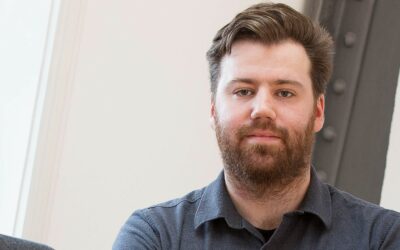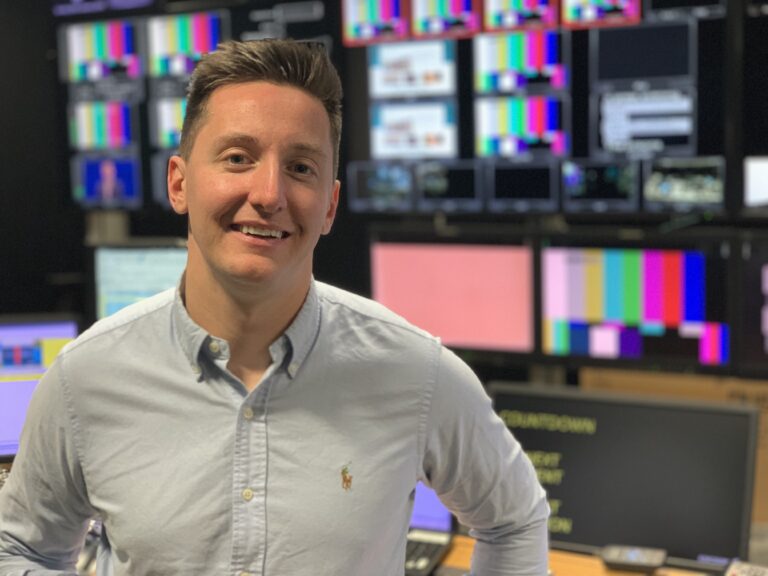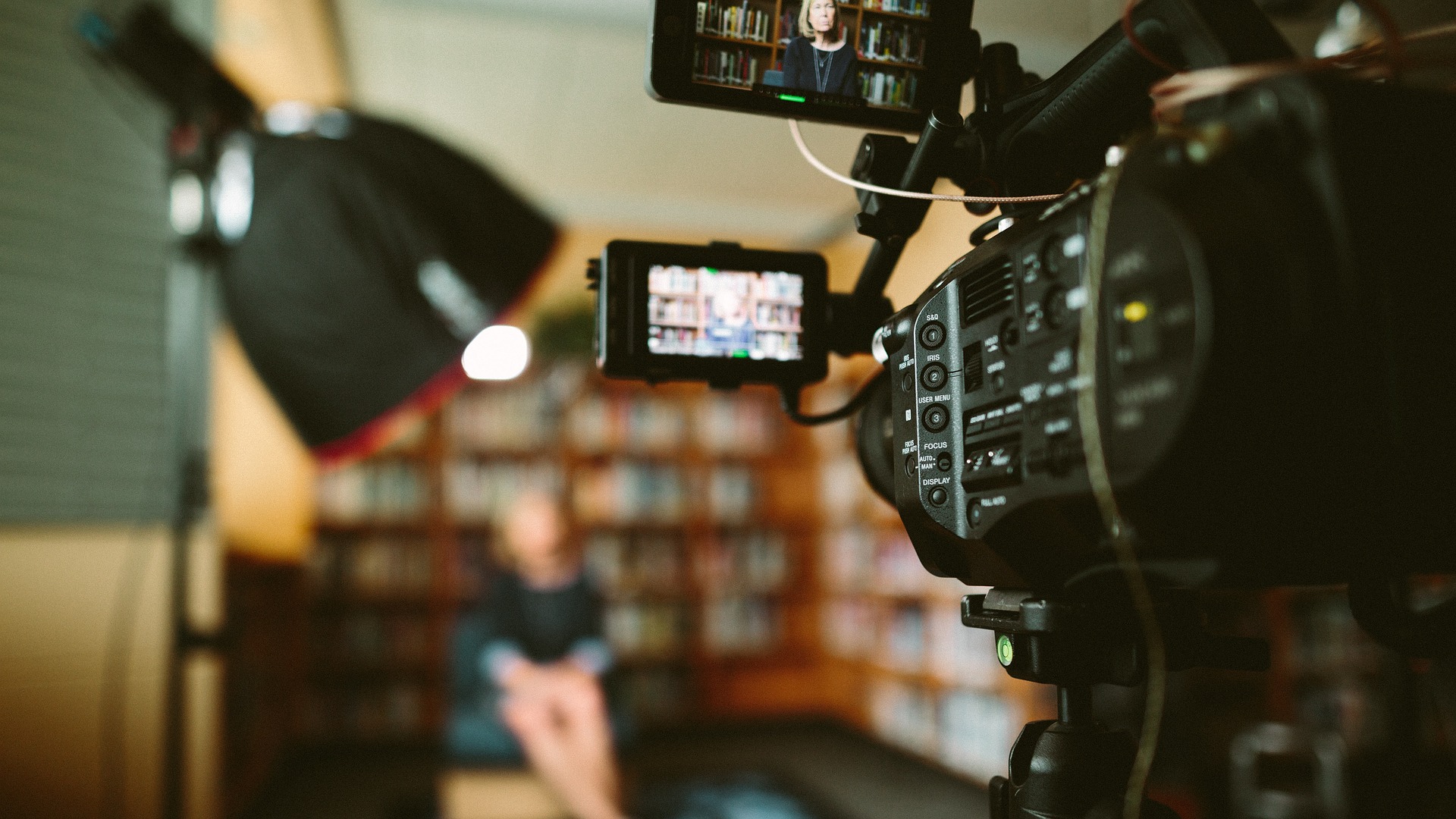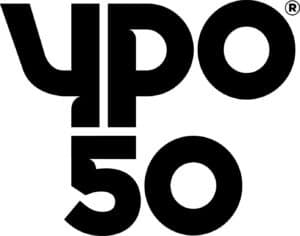Alex Bassett, director and lead technical consultant for many of the world’s major broadcasters, takes a look at whether automation really is the silver bullet people are looking for.
Automation in live television is not a new concept. In fact, it’s been around for many years.
A traditional TV setup includes a director, technical director, graphics operator and production assistant, as well as multiple cameramen, audio engineers, lighting directors and technical support. These highly skilled people output a programme put together by a team of producers who have scripted, edited and reported on the stories of the day.
As budgets have tightened, major broadcasters have had to look at ways to continue to make informative content while keeping high production values. Fortunately, technology has continued to evolve and manufacturers across the industry now offer various automation systems as a solution. In brief, this means that rather than an entire crew operating all the equipment, a piece of software – which can be used by just one person – controls everything.
More accurate than humans?
Now, do I think automation is a solution for all broadcast scenarios? Certainly not. It should be measured against what’s required by each production, and how it fits into the company’s existing workflows and culture. It’s often presented as a cost-saving exercise, one “more accurate than humans”, even as “a one-time investment to save money on high operational costs over time.” Don’t get me wrong, it can do this – but only when set up smartly. The reality is that this is not always the case!
Manufacturers suggest that the system can be operated by anyone from any background – be it a non-technical producer, or even a presenter while presenting. In its simplest form, this is true. It really is as easy as hitting one button to go to the next segment! If nothing changes, this concept works.
However, in live television things are rarely this straightforward. There is often breaking news, video packages still being worked on, and reporters in the field in challenging conditions. It can cause a whole host of technical issues.
In a traditional workflow, producers can rearrange the order of the programme and inform the director, who communicates this to everyone before the crew reacts. But when software has replaced your crew, the director has to make sure the appropriate coded commands are made, so the next segment goes on air as it should. In the heat of the moment, it’s far quicker to direct a person than it is code a certain command into the software.
I don’t want to do the manufacturers a disservice; when you build this kind of setup, there are shortcuts to help get you out of problems. But I firmly believe automation in its current form still needs someone with a technical mindset and the ability to make sure things are configured, coded and of broadcast standard before being taken to air.












